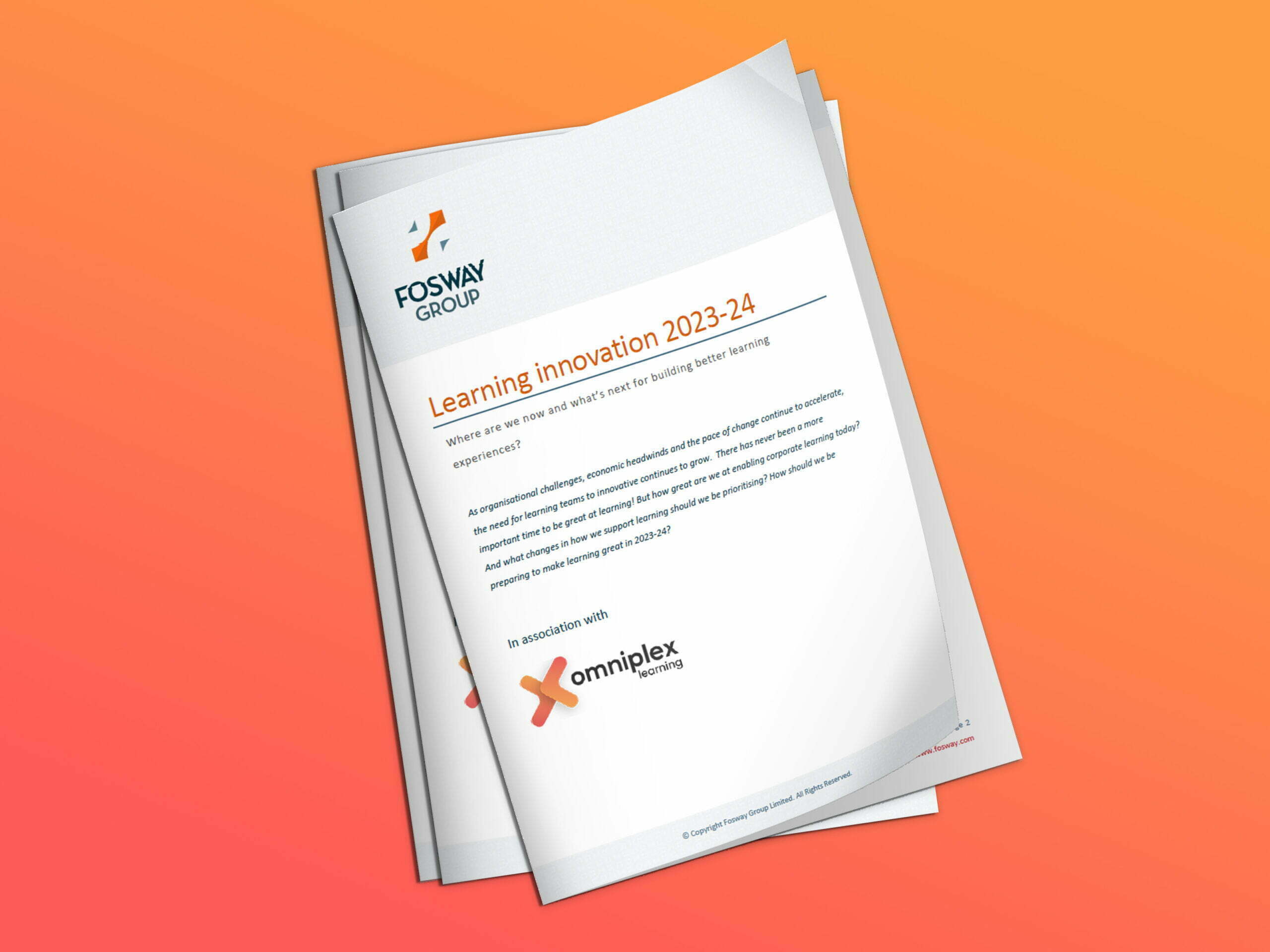How long does eLearning take to develop? (An update)
Back in 2015, we wrote a hugely popular blog ‘How long does eLearning take to develop?’ However, this is still a question that is asked to developers frequently. But how much has the answer to this question changed in the last four years?
Now forgive me for taking you back to GCSE English, but the answer to this question is truly made up of two parts:
On the one hand… the answer hasn’t changed
The quick, flippant answer to ‘How long does eLearning take to develop’ is: It depends.
The length of time a course will take to create depends on…
- Actual vs Elapsed timeDepending on the developer, you could get two very different answers, for the exact same course. At a 2015 community event, we noticed that the more experienced developers in the room automatically thought of elapsed time, where the less experienced developers thought of actual time.
- The length of the courseThe time it’ll take to develop an hours course, will undoubtedly take longer than a 15 minute micro course, based on the sheer amount of screens alone.
- Readiness of contentIf you need to create an eLearning course about existing content, for example, your company’s dress code, the bulk of your content will be ready for you to start transforming into an eLearning course.However, if you need to create the content from scratch, including working with SME’s and conducting desk research, this process is likely to add time onto your development.
- Subject matter expert(s)Are you working with just one SME (subject matter expert)? Or a whole group of SMEs? Because the answer will influence the amount of time it’s likely to take to create your eLearning course. If you have to work with a whole group of SMEs, it’ll require more time than huddling up with a single person.
On the other hand… the answer has decreased, eLearning is quicker to create than ever before
Learning tech has come on leaps and bounds in the last four years. We now have access to three brand new tools, designed entirely to speed up the content development process, Rise 360, Review 360 and Content Library 360.
- Rise 360 allows you to create inherently responsive eLearning – with an entirely drag and drop interface. This simplified way of creating beautiful eLearning allows developers to go from concept to live course quicker than ever – all from within their web browser.
- Review 360 might just be my favourite part of the Articulate 360 suite. Designed to simplify and speed up stakeholder reviews; Review 360 significantly reduces the amount of time it takes to get feedback on your eLearning course. Gone are the days of Excel workbooks with pages of comments, this new technology provides consolidated feedback, pinpointed to the exact stage in the course that needs edits.
- Content Library 360 provides eLearning developers with access to an ever-expanding source of over four million course assets, from images to templates. This diminishes the time eLearning developers spend frantically searching the web for the perfect eLearning resources.
So with this new technology available to developers – it’s not surprising that a 2017 report from the Association of Talent Development said that development time has fallen since their previous report. In 2009, developers reported spending an average of 94.5 hours on creating passive eLearning. However, this fell to 42 hours in 2017.
According to ATD, passive eLearning is where “the learner acts simply as a receiver of information”.
So, how long does eLearning take to develop?
Truth be told, there isn’t a definitive answer to this, and it’s unlikely that there will ever be. All we can do is work out our best estimate, using facts and figures from our own development experience.
But, it’s safe to say that the constant evolution of technology ensures that the length of time it takes to develop eLearning is falling – and who knows what the future of eLearning technology will hold.

















 BACK
BACK

